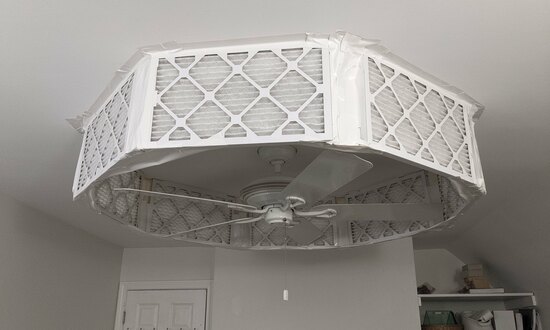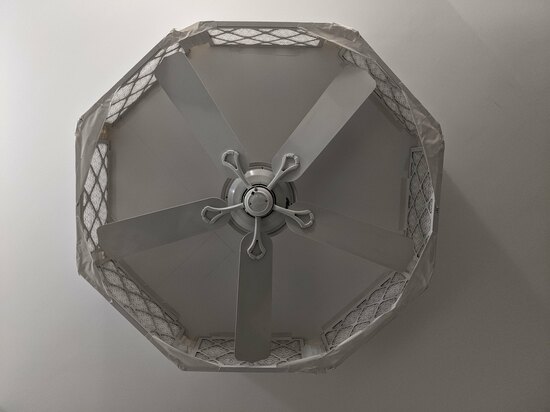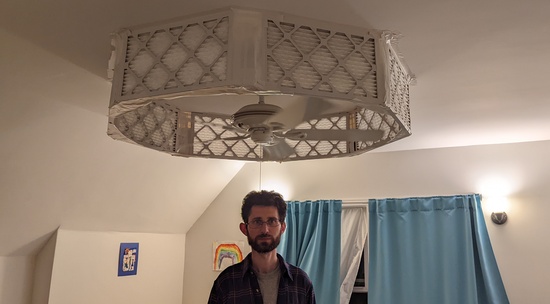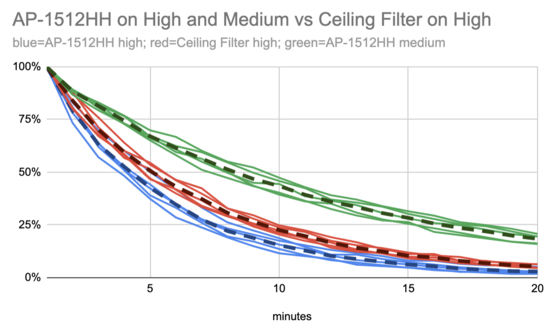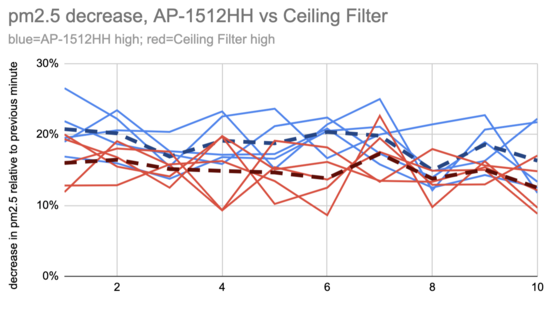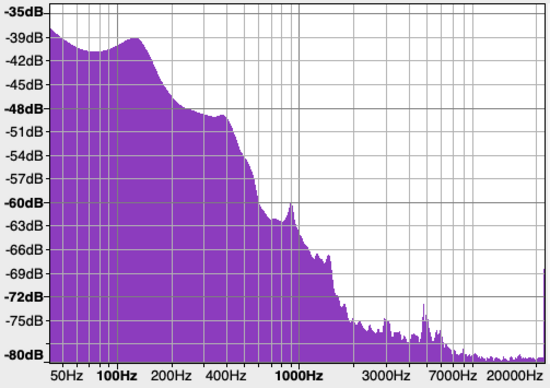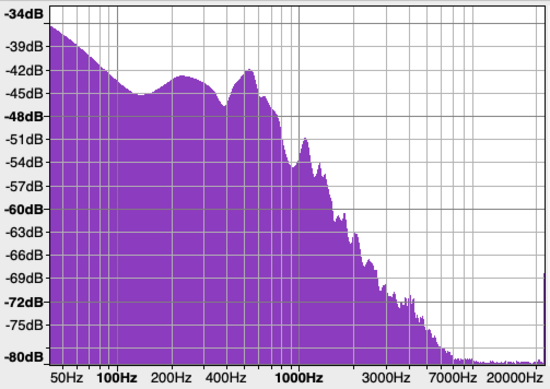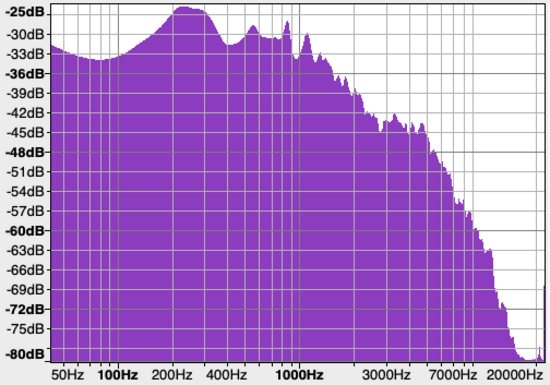Ceiling Air Purifier |
May 30th, 2022 |
| airquality, covid-19, purifiers |
By putting a fan on the ceiling you can have very long blades. This is important for keeping noise down: the longer your blades are the more air you move at a given rotational velocity, which is a major determinant of noise. Testing my prototype, it has a CADR of ~180 CFM and is only 33dB. By contrast, the Wirecutter's top-recommended air purifier (Coway AP-1512HH) has a CADR of 233 CFM (31% higher) at 54 dB (21dB louder) or 110 CFM (38% lower) at 36 dB (3dB louder). With some tweaks it should be able to match the commercial purifier's performance, without being louder.
Volume is very important here: people often select purifiers based on their maximum flow, but then run them on a lower setting or even turn them off because they are too loud.
Note that while my purifier is an octagon of 12x20 filters around a 52" fan, a nonagon would have been better. Not only should that get you 12% more filtration, but you don't have to fill gaps between the filters.
One downside of using this much tape, especially some of it with the sticky side bare, is that you get an adhesive smell. The smell fell below where I could detect after about a day, but Julia could still smell it for about five days.
To determine the CADR of the prototype I followed the approach I described in Testing Air Purifiers, where I created smoke by burning matches and then tracked how quickly the purifier could reduce pm2.5 levels:
To determine volume levels, I used a Sennheiser 835s dynamic microphone with a foam windscreen, connected to an AudioBox 1818VSL to record samples of each purifier option and silence. Here are the samples:
(Silence)
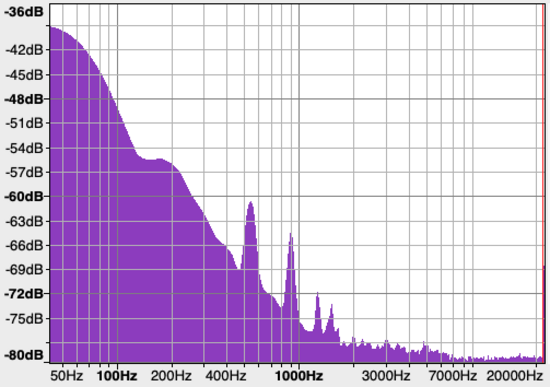
To compute the loudness of each sample I ran:
ffmpeg -i sample.wav -af\ loudnorm=I=-16:dual_mono=true:TP=-1.5:LRA=11:print_format=summary\ -f null -This gives loudness in LUFS, which is K-weighted dB. I don't have any calibrated tooling, but I can report values in loudness units (LU) relative to silence. Trusting the manufacturer's rating of 53.8 dB for the AP-1512HH on High, however, lets us determine absolute loudness for the other options:
| Sample | Relative | Absolute |
|---|---|---|
| Everything Off | normalized to 0 LU | 25 dB |
| Ceiling Purifier High | 7.3 LU | 32.6 dB |
| AP-1512HH Medium | 10.8 LU | 36.1 dB |
| AP-1512HH High | 28.5 LU | 53.8 dB |
I think it ought to be possible to get even better performance out of the ceiling purifier by building a shroud. The ideal shroud is generally quite a bit narrower than I would guess: I've seen people measuring peak performance with only a 14" hole for a 20" fan. They report ~40% more airflow without increased noise, but I would want to run tests and verify that here.
With ~12% improvement from switching to nine filters and ~40% from better shrouding, this ought to get us from a CADR of ~180 CFM to ~280 CFM. Even if we only get half that improvement, a CADR ~230 CFM gets us even with the commercial purifier, at far lower volumes.
In terms of cost, materials for one fan are nine MERV-14 filters for $110 plus ~$5 for tape. The ceiling fan was a Hunter Mariner 52", which seems to cost $106 now, though it's not something I installed for this project. A real-product version of this would replace the tape with a frame you attach to the ceiling, into which you could slide filters. Maybe $100? If someone wanted to build and sell something I'd be pretty happy to see that!
- Evaluating a Corsi-Rosenthal Filter Cube
- Non-Elevated Air Purifiers
- Fireplace and Candle Smoke
- Beards and Masks?
- Better Air Purifiers
Comment via: facebook, lesswrong, hacker news, substack
